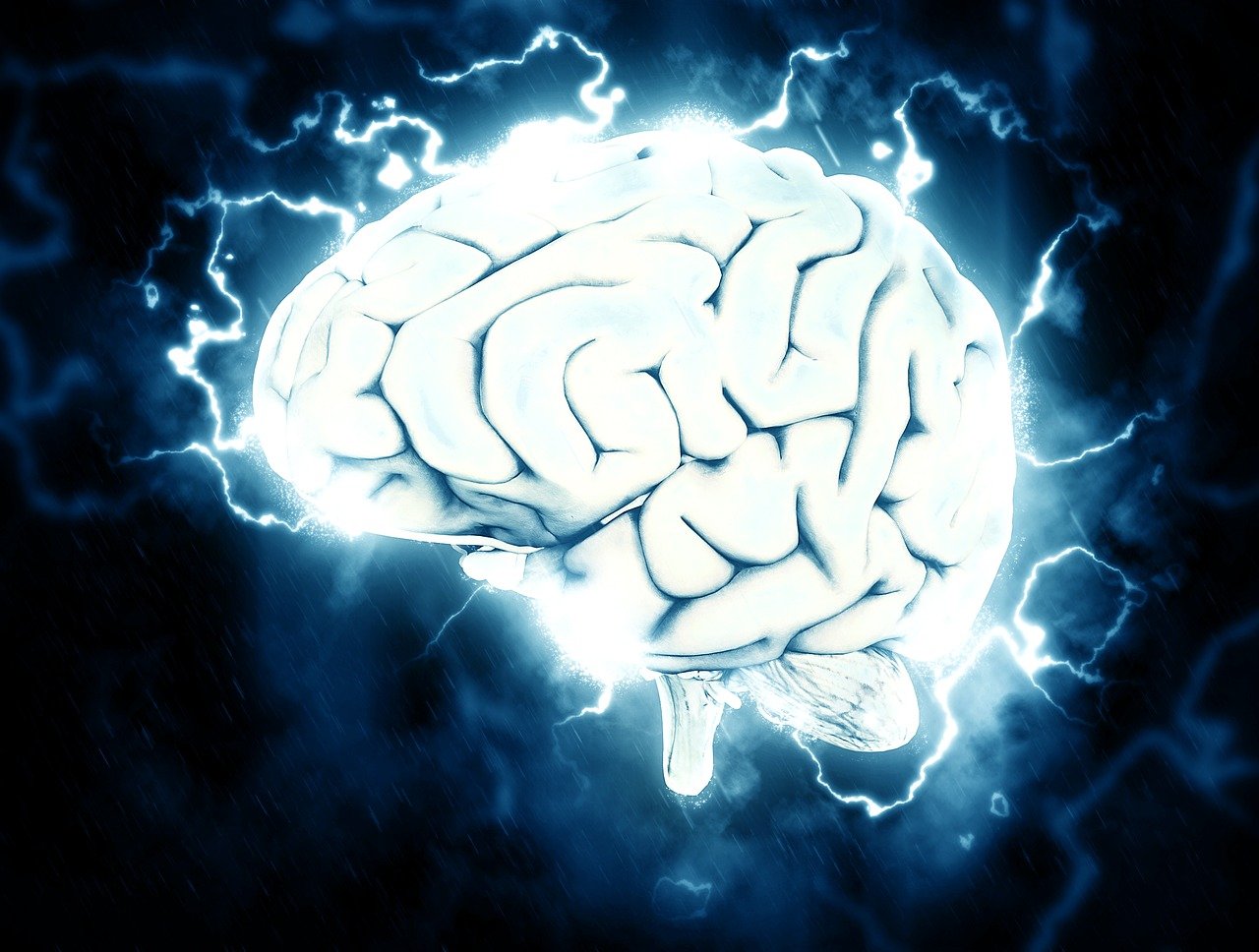This post is also available in:
 עברית (Hebrew)
עברית (Hebrew)
Researchers from the Human-centric Artificial Intelligence Centre at the University of Technology Sydney have developed a portable, non-invasive system that can turn silent thoughts into text.
The technology is expected to aid communication for people who are unable to speak due to illness or injury, as well as enable seamless communication between humans and machines (like operating a bionic arm or a robot).
According to Techxplore, the participants in the study silently read passages of text while wearing a cap that recorded electrical brain activity through their scalp using an electroencephalogram (EEG) and an AI model called DeWave developed by the researchers, which translates EEG signals into words and sentences by learning from large quantities of EEG data.
“[This research is] the first to incorporate discrete encoding techniques in the brain-to-text translation process, introducing an innovative approach to neural decoding. The integration with large language models is also opening new frontiers in neuroscience and AI,” said Professor Chin-Teng Lin.
Other technologies meant to translate brain signals to language have either required surgery to implant electrodes in the brain, or scanning in an MRI machine. These methods struggle to transform brain signals into word-level segments without additional aids such as eye-tracking, which restrict the practical application of these systems.
The research for this new technology was performed with 29 participants, which means it is likely to be more adaptable than previous technology that was only tested on one or two individuals- because EEG waves differ between individuals.
The study reported state-of-the-art performance in terms of EEG translation, surpassing previous benchmarks.
“The model is more adept at matching verbs than nouns. However, when it comes to nouns, we saw a tendency towards synonymous pairs rather than precise translations, such as ‘the man’ instead of ‘the author,'” said first author Yiqun Duan. “Despite the challenges, our model yields meaningful results, aligning keywords and forming similar sentence structures,” he concluded.
The research follows previous brain-computer interface technology developed by UTS in association with the Australian Defence Force that uses brainwaves to command a quadruped robot.


























